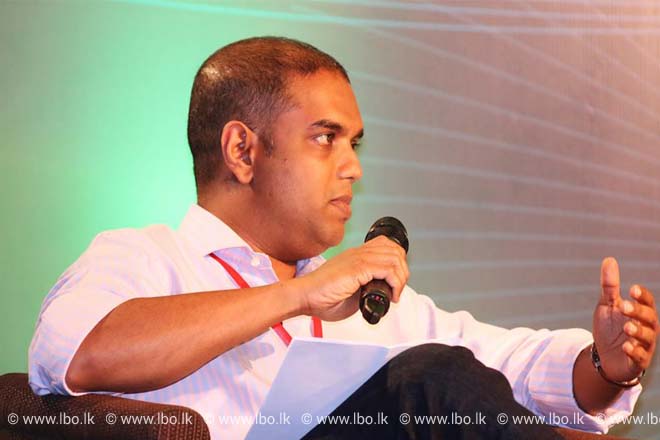online pharmacy buy zoloft with best prices today in the USA
These are characteristics of the collaborative economy. Traditional big companies also face challenges from young distruptive startups who challenge the industry with new creative models. Clayton M Christensen, the Kim B. Clark professor of Business Administration at Harvard Business School, observes that companies have two basic options when they seek to build new-growth businesses. They can try to take an existing market from an entrenched competitor with sustaining innovations. Or, they can try to take on a competitor with disruptive innovations that create new markets. Research overwhelmingly suggests that companies should seek out growth based on disruption. However, established companies have historically struggled when trying to create new markets. Problems that big companies face Kulasooriya argues disruption within a company is affected by many factors. One of them is the decision making process. “Decision making of a big company takes a longer time whereas the startup company would make it quick and change it quick if not right,” Kulasooriya said. “We as a startup make decisions on Monday morning and by mid-day we are executing it. We might find by Wednesday afternoon that the decision is wrong and change it and execute again,” “It is very difficult to do that in a big company.” He also pointed out that most big organization decisions are driven by data available in the market. But if anyone wants to be disruptive, they have to think out of the box and make decisions for a future market. “What if the data is not available?” Kulasooriya asked. “If it is something disruptive, by definition that is something fundamentally different to the way things are happening today,” “What kind of data do you need to figure out something fundamentally different in the future? “Most of the time the data does not exist and you have to be comfortable making decisions with minimum data and to make gut decisions.” Reluctance to change is another factor, Kulasooriya pointed out which will affects a big company to be disruptive. The more successful the company the more reluctance there is to change. “If you are the market leader of an industry, you are in a pretty good position. Why change a good thing, which creates a culture of not disrupting.” Most disruptive products or services begin as a simple idea. Generally some of the ideas might not economically possible within an organization which deals with a large customer base. A failure equals loss of credibility in a big company. “Think about an executive who came and pitched a great idea, and finally got permission to do it. A year later the idea turns out to be a failure, and then he comes and pitches another idea and everybody is like, 'oh it's that guy again,'" Kulasooriya said. “So these are all the things that you need to overcome in a big company.
online pharmacy buy ivermectin with best prices today in the USA
” In today’s world, organizations should not stand on the sidelines waiting to be disrupted. The progressive companies are leading the charge by deploying these same strategies and technologies to be disruptive. A big company executive, what do I do in this situation? Four key Solutions Kulasooriya said disruption can be done within large organization but they have to get comfortable with four key ideas: agree to implement crazy ideas, not be afraid of competitive markets, realize you need to change user behavior and find leaders who are not from the same industry. “If you are able to get comfortable and find all this, try to isolate them from the rest of the organization and the rest of the management structure,” Kulasooriya said. “Put them in a different place, give them the freedom to do what they do, give them the resources and the capital and let them fail,” Kulasooriya said he guaranteed, the first and second time the team will fail but they will figure it out in the third and fourth time and move ahead. “And that is the beginning of disruption.” Kulasooriya said. Making this shift to become a reality would be a great eye opener. But are today’s leaders aware of this and ready to make changes? Are they ready to come out from traditional mind of reluctance and make paradigm shift in management? Or will they be blind and say - nothing new here? It’s an open question whether leaders of large firms who have the talent within can make the change. Those who make the change will flourish and become qualitative in disruption while those that don’t will in due course become extinct. The choice is thrilling and grim.


True.In large established places normally a set of stake holders will gradually establish restrictions preventing useful change that may not conducive for them.From global area managers downwards one could see an increasing trend of conciously/unconciously imposong restrictions on flow of disadvantg eus information to them but useful for their employer.This is common within
Governments,large entities spaning accross the globe, & veryl arges structures & may sometimes cover even religious structures.Enrmous Greed that fuel fear reluctance for change helps creation of mosquito breeding spots working against common goals & growth . Disruptions may generate that well deserved ruffling of feathers whilest opening a indipendent window to look @ relevent best practices.